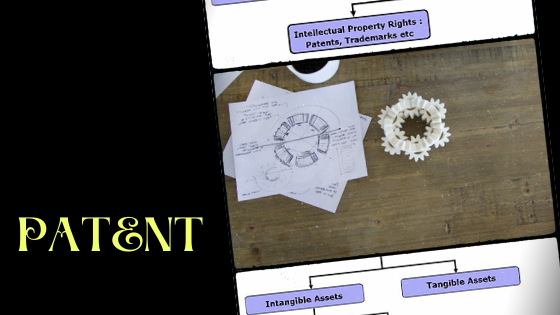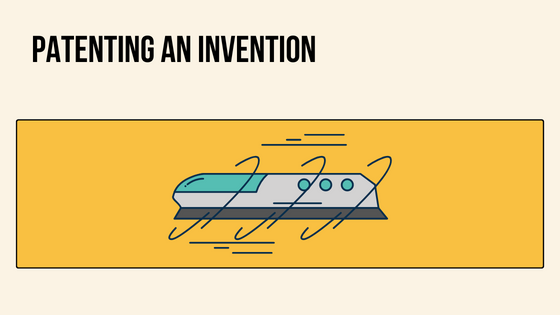
Along with there being multiple types of intellectual property, there are multiple types of patent, and you could wind up lost in a maze of paperwork and red tape if you accidentally apply for the wrong kind. Here is a look at the different types of patents along with a few simple ways you can distinguish between utility, design, and reissued patents.
Utility Patents
When you think about what a patent is for, you’re probably thinking about a utility patent. Utility patents cover a wide variety of inventions and new ideas, including completely new machines, tools, or just about any other physical object. They also cover new design processes, which means that if you discover a new way to create something that already exists, you can patent it. If you develop a new way to desalinate seawater, for instance, that’s worth a patent even if you use existing machines to do so.
One important distinction, however, is that the new invention has to be nonobvious and significantly different from anything else. That means that if you invent a slightly different lampshade or a sturdier clip for a seatbelt, you probably don’t deserve a full patent for your invention. It is best to hire the services of professionals, such as the patent services InventHelp to help you in the process.
You also can’t patent any sort of text or artwork – such things fall under copyright law instead. Nor can you patent things that nobody could ever manufacture: things like universal laws, abstract ideas, and physical phenomena. That means you can’t patent a new subcategory of socialism, for instance, or else the color blue (although you can patent a new process for manufacturing blue paint).

Design Patents
Design patents are strictly for a new ornamental (and thus not directly useful) design for an article of manufacture. Design patents also have be original and nonobvious, which means that the person who invented vertical Venetian blinds may have gotten a patent, but you can’t get one for sticking a new logo on a t-shirt. Design patents also have some overlap with trademark law, since a company can claim a certain kind of design as representing their brand.
Plant Patents
A plant patent is granted to an inventor who invents, discovers or asexually reproduces a distinct and new variety of a plant (not including a tuber-propagated plant, or an uncultivated plant). An asexually propagated plant is one that is reproduced by using techniques such as rooting of the cuttings, budding, grafting, layering but not by using seeds. Cultivated sports, mutants, hybrids and newly found seedlings can be considered for patenting. Sports & mutants can be induced or spontaneous; hybrids can be natural, somatic or from planned breeding. Natural plant mutants can occur naturally but they should be discovered in a cultivated area. Also, algae and macro fungi can be considered but bacteria are not.
A note about Reissue Patents
Reissued patents are one of the reasons why you want to be clear and precise in your patent application. You may have a valid invention, but either because you weren’t clear enough in the schematics or because your claims were too vague, the USPTO may have rejected or voided your patent. If that happens, you can resubmit your application after you fix it, but it means paying extra fees and waiting even longer for approval. Meanwhile, the patent period is still counting down from when you first filed and for the time being you don’t have the right to enforce it.
If you want to avoid the nightmare that is the patent reissuing process, your best bet is to be as precise and complete as you can the first time around. Again, better hire patent invention InventHelp services to make sure everything is right. That may mean having to get expert help, especially if it’s your first time around, but if you forgo the help and end up making a mistake, your decision may turn out to be more expensive in the long run.


